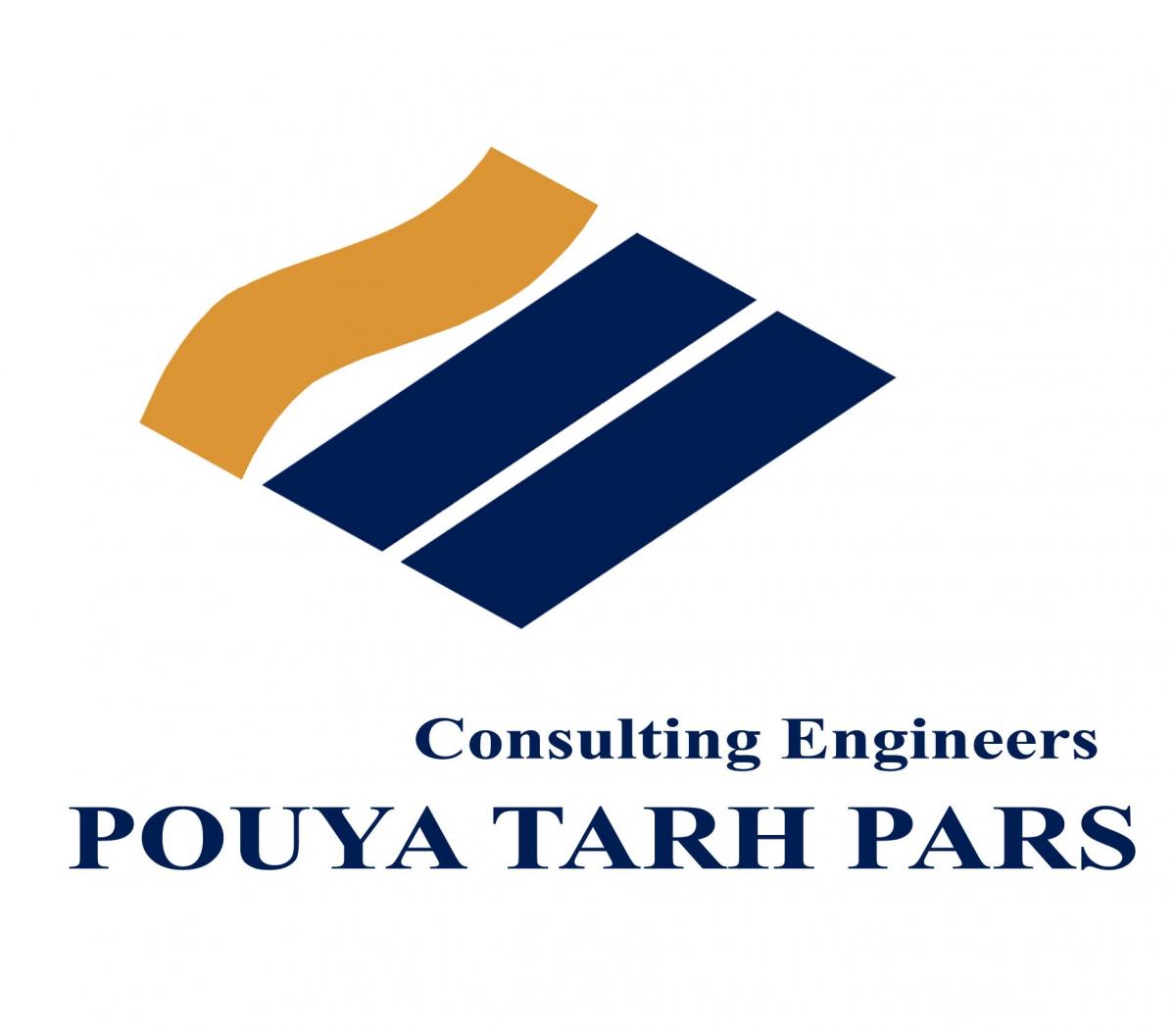DIVAST is a two dimensional, depth integrated, hydrodynamic and solute transport, time variant model, which has been developed for simulating hydrodynamic, solute and sediment transport processes in estuarine and coastal waters.
It is suitable for water bodies that are dominated by horizontal, unsteady flow and do not display significant vertical stratification. The model simulates two dimensional distribution of currents, water surface elevations and various water quality parameters within a modelling domain as functions of time, taking into account the hydraulic characteristics governed by the bed topography and the boundary conditions.
DIVAST was developed using the FORTRAN 77 programming language by Prof. R. A. Falconer, Halcrow Professor of Environmental Water Management and Dr. B. Lin, both of the Cardiff School of Engineering, Cardiff University, UK. DIVAST is continually updated and improved by both Prof. Falconers team in Cardiff University and the MarCon staff.
The hydrodynamic module is based on the solution of the depth integrated Navier-Stokes equations and includes the effects of; local and advective accelerations, the earths rotation, barotropic and free surface pressure gradients, wind action, bed resistance and a simple mixing length turbulence model. The differential equations are written in their pure differential form, thereby allowing momentum conservation in the finite difference sense. Particular emphasis has been focussed in the development of the model on the treatment of advective accelerations, a surface wind stress and the complex hydrodynamic phenomena of flooding and drying.
For the water quality and sediment transport module, the advective-diffusion equation is solved for a range of water quality indicators. The general depth integrated equations include; local and advective effects, turbulent dispersion and diffusion- including wind effects where appropriate, source and sink inputs, and decay and kinetic transformation processes. For the sediment transport module, the equilibrium suspended flux is included in the model using the van Rijn formulation. However, other formulations are available.
The governing differential equations are solved using the finite difference technique and using a scheme based on the alternating direction implicit formulation. The advective accelerations are written in a time centered form for stability, with these terms and the turbulent diffusion terms being centered by iteration. Whilst the model has no stability constraints, there is a Courant number restriction for accuracy in the hydrodynamic module. The finite difference equations are formulated on a space staggered grid scheme, with the water surface elevations and the x-direction velocity components being initially solved for during the first half timestep by using Gaussian elimination and back substitution. The water quality indicators and sediment flux distributions are then evaluated, before proceeding to the second half timestep and repeating the process for the implicit description of the y-direction derivatives and velocity components. In the water quality and sediment transport modules the advective terms are treated using a higher order accurate ULTIMATE QUICKEST formulation.
The model has been extensively calibrated and verified against laboratory and field data with details of model refinements and verification tests being reported in over 100 publications by the original author. The original model has been used to date on over 200 projects in Ireland and the UK and is considered an industry standard for all aspects of water quality management.
